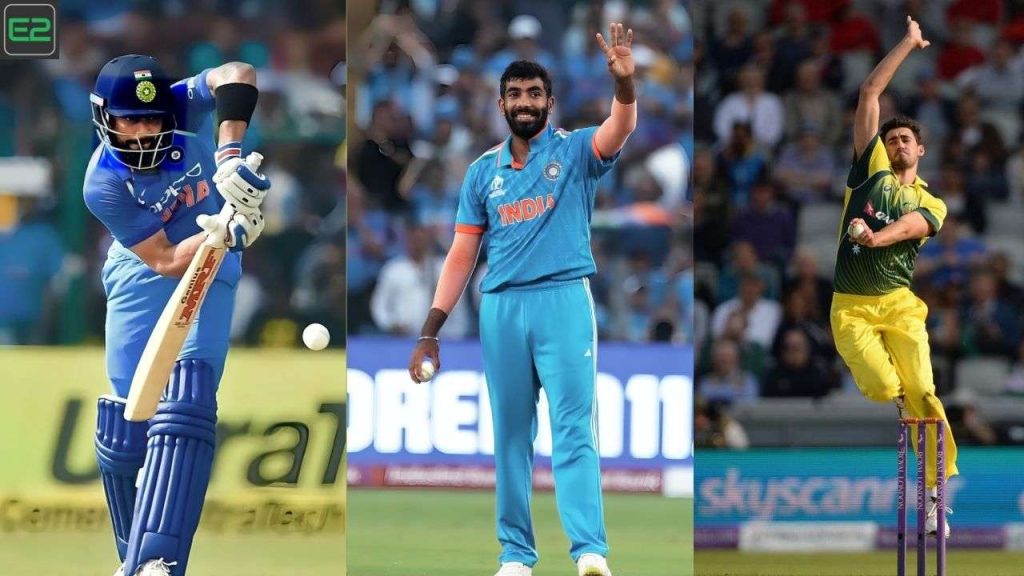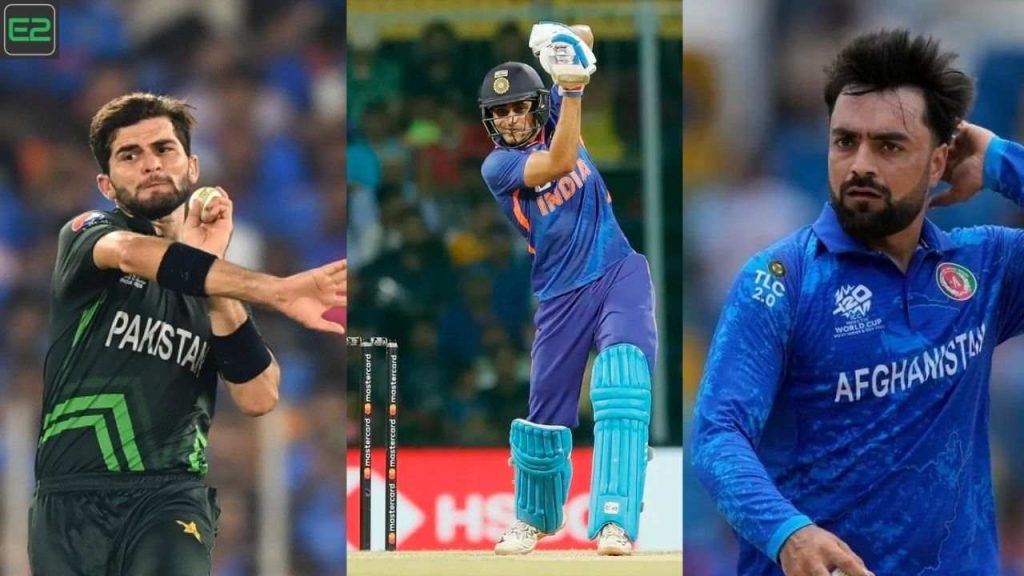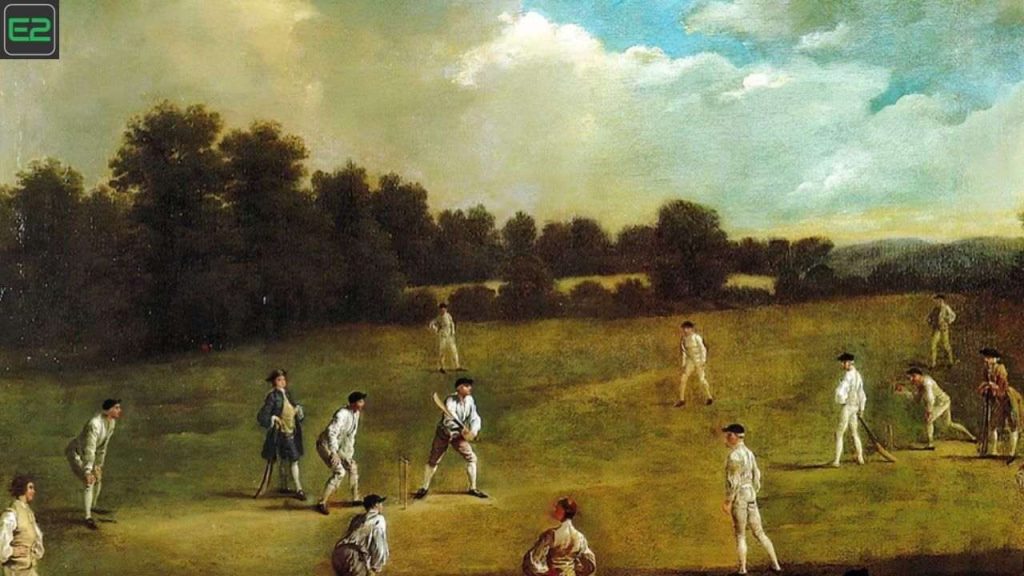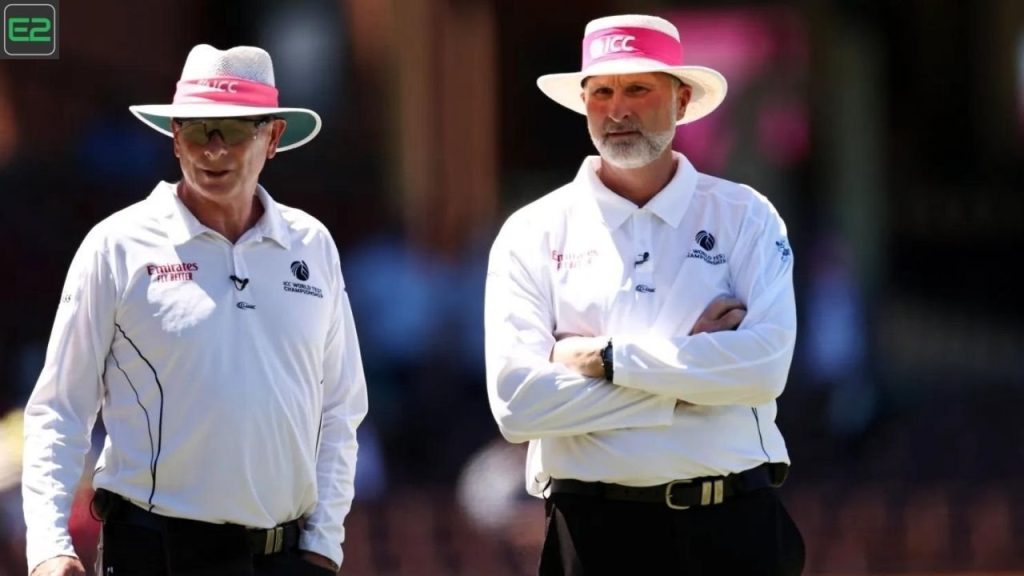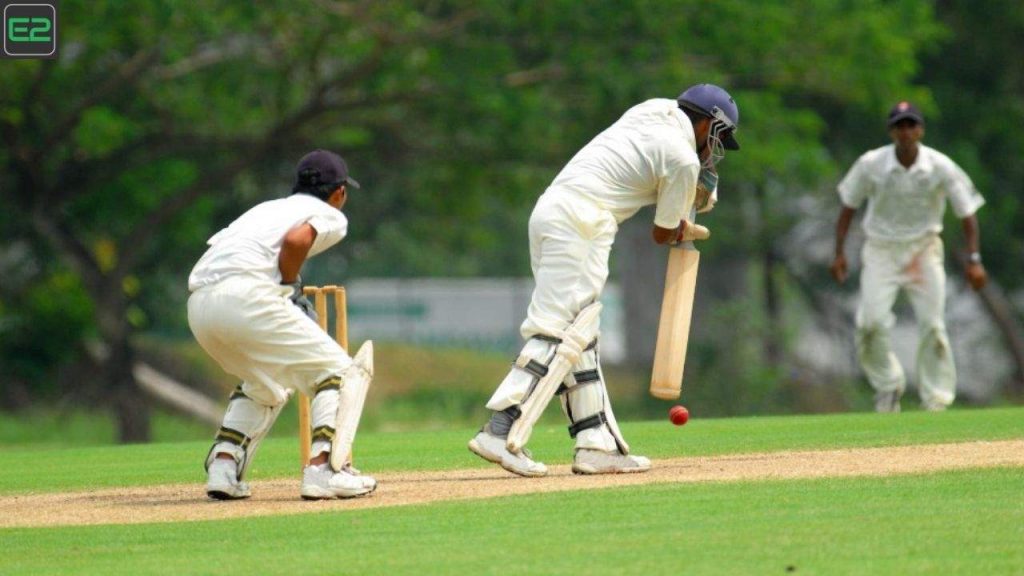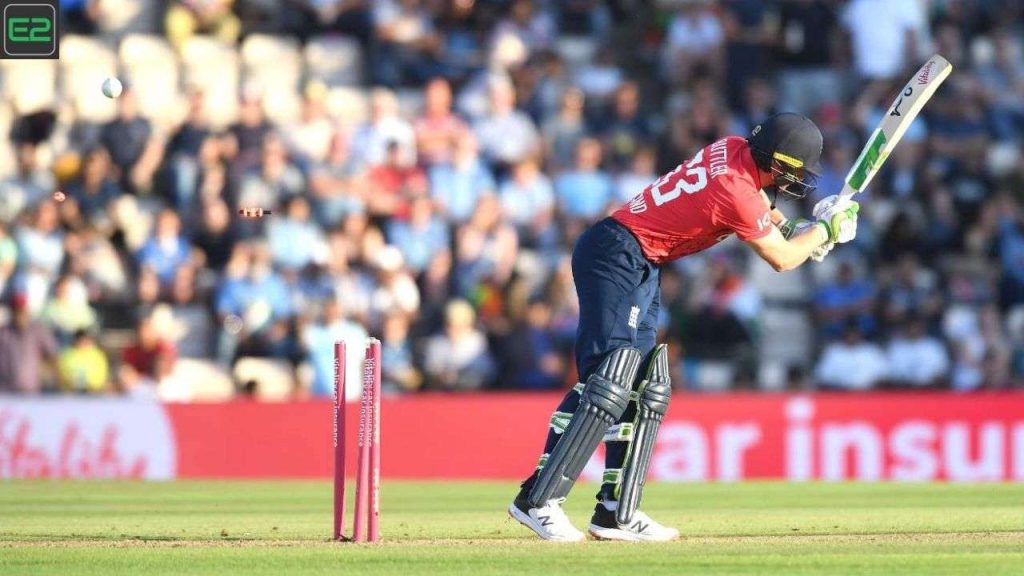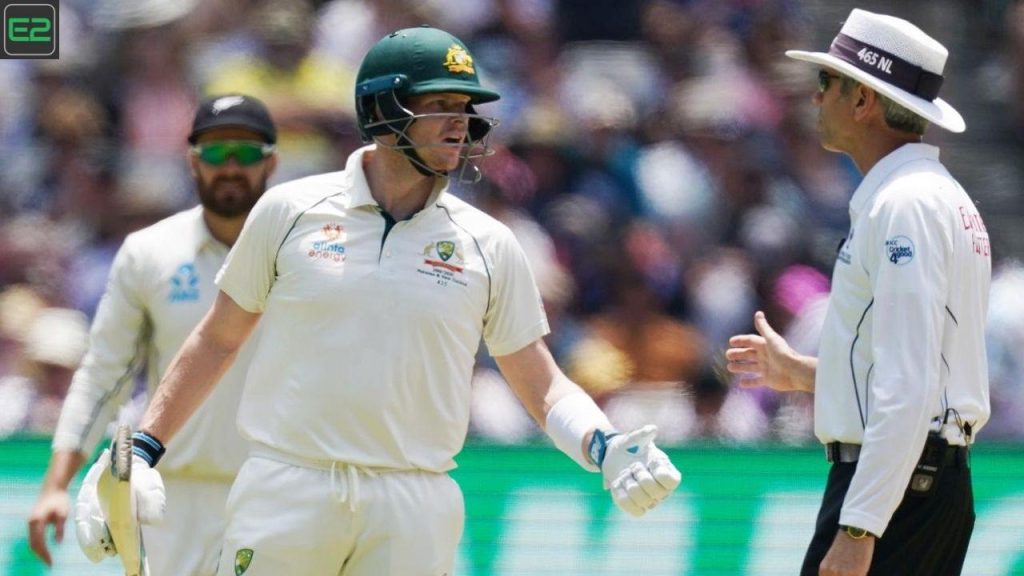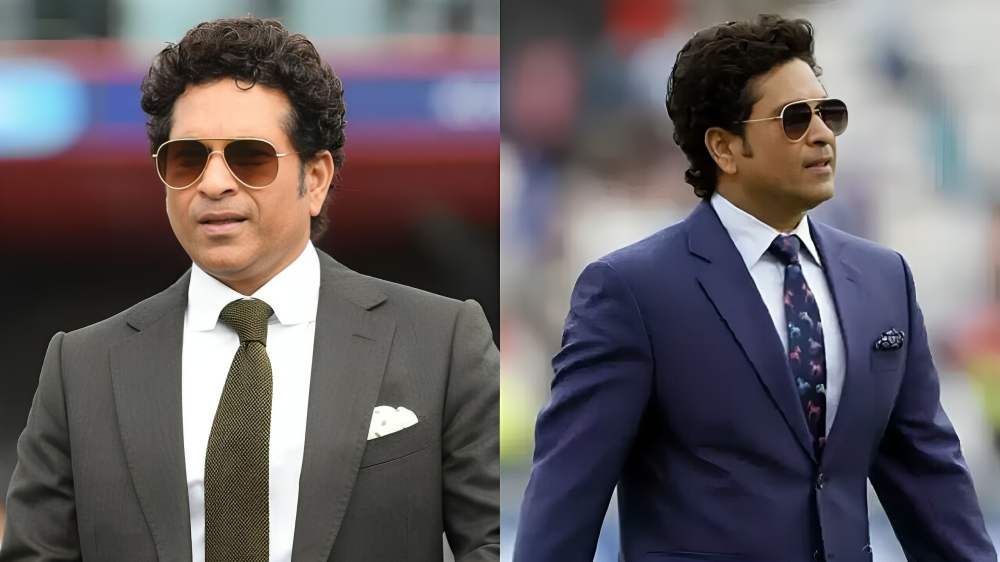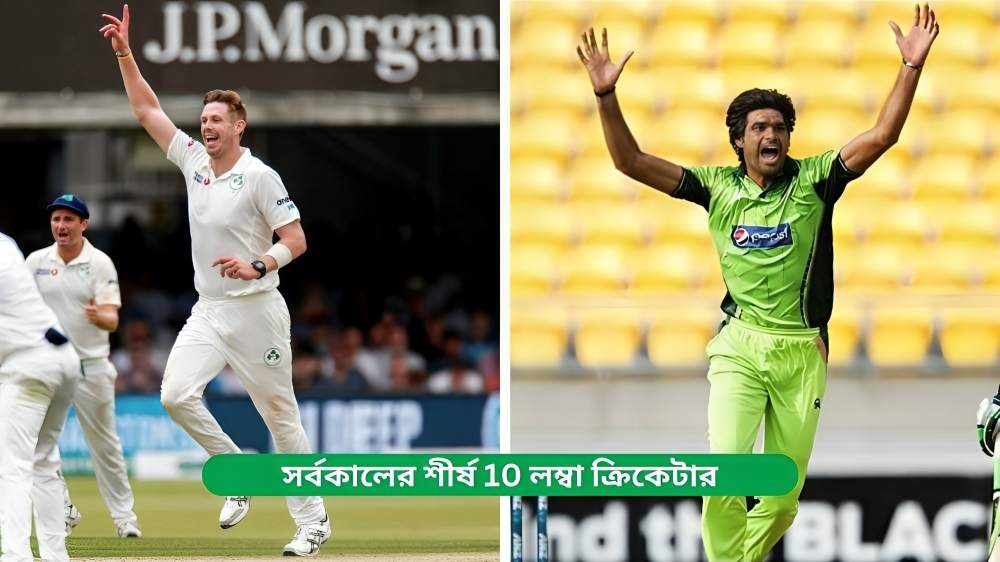Cricket Ball: In cricket, the interaction between the ball and players or their equipment can lead to a wide range of consequences, often affecting the outcome of a match. Cricket is a sport of precision, and the behavior of the ball, whether it touches the player or their gear, plays a vital role in shaping the direction of the game. The laws of cricket clearly define various scenarios when the ball comes into contact with a player or their equipment, including the implications for the game and the consequences that follow.
Cricket Ball: This article delves into the consequences when a cricket ball touches a player or their equipment, including scenarios such as being caught, playing a shot, or an accidental deflection. We will also explore how these incidents are handled according to the laws of the game, the umpire’s role, and the influence on the outcome of a match.
Introduction to the Rules Regarding the Ball and Players’ Equipment
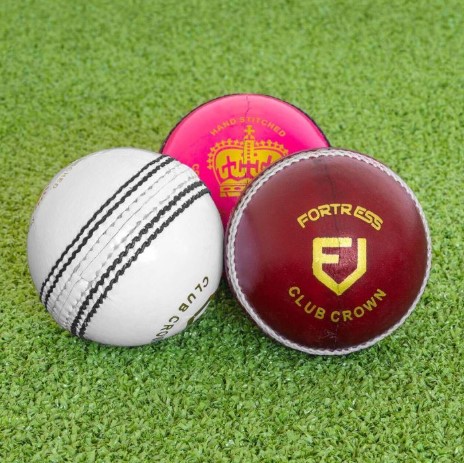
Cricket Ball: Cricket is governed by the Laws of Cricket, which are maintained by the Marylebone Cricket Club (MCC). These laws provide clarity on what happens when the ball touches a player or their equipment. The consequences depend on the context of the situation, such as whether the ball has been hit deliberately or deflected, whether the player is in a defensive or offensive position, and whether the ball has come into contact with the bat, gloves, helmet, or clothing.
Key Scenarios Involving a Cricket Ball and Player’s Equipment:
- The ball touches a player’s bat.
- The ball touches a player’s clothing or body.
- The ball hits a player’s helmet or gloves.
- The ball comes off the bat and is caught.
- The ball deflects off a player’s gear and goes for runs.
Ball Touching the Bat
Cricket Ball: One of the most common interactions between the ball and a player’s equipment occurs when the ball touches the bat. If the ball hits the bat, it is often the result of a shot played by the batsman. Depending on whether the ball is caught or hits the boundary, different outcomes can occur.
Caught Behind or in the Field
Scenario: If the ball makes contact with the bat and is caught by the wicketkeeper or a fielder, it is considered a catch.
Consequence: The batsman is dismissed, and they must leave the field.
Key Law: Law 33: A catch is valid when the ball is caught before it touches the ground.
| Event | Consequence |
|---|---|
| Ball touches the bat | If caught, the batsman is dismissed |
| Ball touches the bat and is not caught | The batsman remains on strike (unless it’s a no-ball) |
Cricket Ball: Ball Hits the Bat and Runs Are Scored
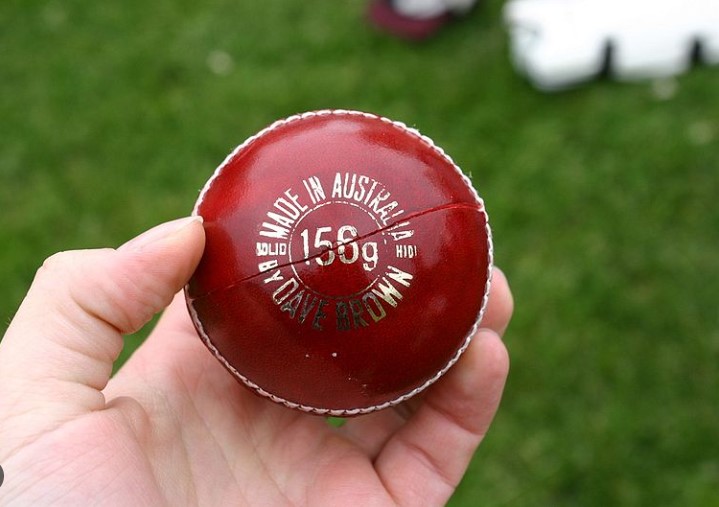
Scenario: If the ball touches the bat but does not get caught, the batsman can score runs.
Consequence: Runs are scored as the batsman attempts to run between the wickets. The delivery continues, and the ball remains in play until it reaches the boundary or is returned by a fielder.
| Event | Consequence |
|---|---|
| Ball touches the bat and runs are scored | The batsman can run and score runs, if the ball doesn’t get caught |
Ball Touching the Body or Clothing
Cricket Ball: When a cricket ball touches a player’s body or clothing, there are different consequences depending on the situation. The most common scenarios involve a ball striking a batsman, either accidentally or as part of a delivery.
Hit by the Ball
Scenario: If the ball strikes the batsman, whether it hits their body, clothing, or bat, the umpire will evaluate the situation to determine if the batsman is out or if they are not out.
If the ball strikes the body and the batsman has not played a shot, they could be given out LBW (Leg Before Wicket).
If the ball hits the clothing, and it isn’t an intentional attempt to play the ball, the batsman remains not out unless the ball contacts the bat or gloves.
Consequence: The ball remains in play, and the batsman either continues batting or is given out based on the umpire’s decision.
| Event | Consequence |
|---|---|
| Ball hits the body (unsuccessful shot) | Possible dismissal for LBW or caught behind |
| Ball hits the clothing (no shot played) | The batsman remains not out unless the ball contacts the bat or gloves |
Dead Ball or No Ball
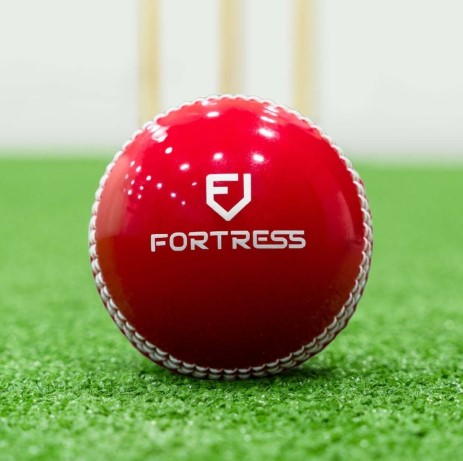
Consequence: The ball becomes void, and the batsman does not get out. They will face a legal delivery next, and any runs scored from that ball do not count.
| Event | Consequence |
|---|---|
| Delivery is a no-ball and hits the body | The ball is ruled dead, no runs or dismissal apply |
Ball Hitting the Helmet or Gloves
Cricket Ball: In modern cricket, protective gear such as helmets and gloves plays an important role in safeguarding players from injury. However, when the ball comes into contact with these pieces of equipment, specific rules apply.
Ball Hitting the Helmet
Scenario: If the ball strikes the batsman’s helmet, the umpire must make a call based on whether the ball was played intentionally.
If the ball is hit by the helmet unintentionally or after a deflection, it counts as a legal delivery. Any runs scored off the helmet are counted.
Consequence: The batsman is not out unless the ball was caught off the helmet or other gear, or it deflects into a fielder’s hands.
| Event | Consequence |
|---|---|
| Ball hits the helmet (no deflection) | The ball remains in play; runs can be scored |
| Ball caught off the helmet | The batsman is dismissed, and the ball is considered a catch |
Ball Hitting the Gloves
Scenario: A ball hitting the gloves is typically considered the same as the ball touching the bat. If the ball makes contact with the gloves and is caught by a fielder or wicketkeeper, it is considered a valid catch, and the batsman is dismissed.
Consequence: The batsman is out if the ball is caught cleanly after striking the gloves.
| Event | Consequence |
|---|---|
| Ball strikes the gloves and is caught | The batsman is dismissed as caught |
Deflecting Off the Player’s Equipment and Scoring Runs

Cricket Ball: In certain situations, a player’s equipment may cause the ball to deflect, allowing runs to be scored. Understanding the various deflection scenarios helps clarify the consequences in these cases.
Cricket Ball: Ball Deflecting Off the Bat
Scenario: A batsman might unintentionally deflect the ball off the bat, resulting in runs being scored.
Consequence: The runs scored off this deflection are considered legal, and the batsman continues to play.
| Event | Consequence |
|---|---|
| Ball deflects off the bat (no catch) | Runs are scored, and the batsman continues playing |
Cricket Ball: Ball Deflecting Off Protective Gear
Scenario: If the ball deflects off protective gear like a glove or pad, the batsman may or may not be out, depending on the situation.
If the ball touches the gloves and is caught, the batsman is out.
| Event | Consequence |
|---|---|
| Ball deflects off gloves/pad and is caught | The batsman is out due to the catch |
| Ball deflects off gear but is not caught | The batsman continues to play and may score runs |
Cricket Ball: In cricket, the consequences of a ball touching a player or their equipment can range from the player being dismissed to the ball continuing in play, allowing runs to be scored. The laws of cricket are clear about how different scenarios should be handled, and it is up to the umpires to make decisions based on the behavior of the ball and the actions of the players.
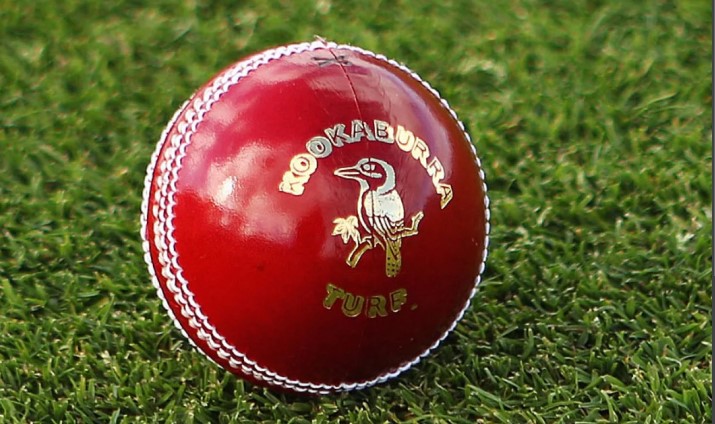
Cricket Ball: Whether the ball touches the bat, body, clothing, gloves, or helmet, it is crucial for players to understand the rules, as these interactions can significantly impact the outcome of the game. Understanding these consequences enhances the player’s ability to adapt to the dynamic nature of cricket, and also allows fans to appreciate the complexities of the sport.


